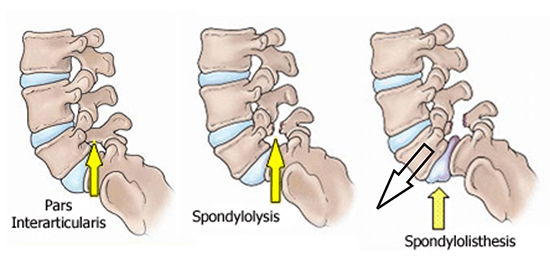At Haq Orthopedic Hospital we provide the highest quality and effective care for all spine problems. Each patient is carefully evaluated by a team of spine specialists, who develop an appropriate plan to treat the individual’s specific needs. The team includes orthopaedic surgeons, pain management physicians, physical therapists, and electrodiagnostic specialists.
Most people in their lifetime will experience some type of back pain. Typically pain is caused by an injury or by degeneration in the spine. Most problems are self-limited; they resolve within a few days by using over-the-counter medications and limiting activities. When back pain is severe or lasts for more than a week or two, an evaluation by a physician is recommended.
Our physicians have many tools to help determine the cause of pain. These include a thorough evaluation, x-rays, MRI, and electrodiagnostic studies. Once completed, the treatment plan might involve medications, injection therapies, physical therapy, bracing, and surgery when necessary.























